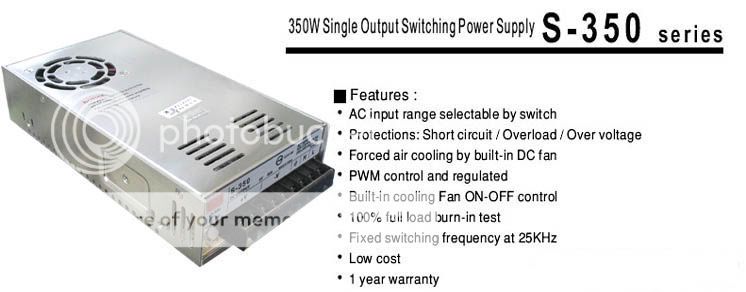RVG8tor
Well Known Member
Yesterday I spent most of the day updating and configuring my panel and manged to drain the battery to 9 volts.
I have a 15 amp Radio Shack power supply, there must be some way I can use this, instead of draining the battery then charging over and over. So my question is how to do this? If anyone has some ideas please let me know, I tried a search of "power suppl panel testing" and really did not get a direct answer.
My thought is to hook up the power supply like it was the alternator, Ground the black terminal from the supply to the aircraft and attach the red terminal to the bus feed wire. Would this work, should I use some form of fuse other than the internal fusing of the power supply. I really need hour learning this equipment so I need to do something. I would even entertain the purchase of another supply if it would do the job.
Thanks
I have a 15 amp Radio Shack power supply, there must be some way I can use this, instead of draining the battery then charging over and over. So my question is how to do this? If anyone has some ideas please let me know, I tried a search of "power suppl panel testing" and really did not get a direct answer.
My thought is to hook up the power supply like it was the alternator, Ground the black terminal from the supply to the aircraft and attach the red terminal to the bus feed wire. Would this work, should I use some form of fuse other than the internal fusing of the power supply. I really need hour learning this equipment so I need to do something. I would even entertain the purchase of another supply if it would do the job.
Thanks





